Bonghwa Sweetfish Festival (봉화은어축제)
.0M 2024-11-28
Naeseong-ri, Bonghwa-gun, Gyeongsangbuk-do
• 1330 Travel Hotline: +82-2-1330 (Korean, English, Japanese, Chinese) • For more info: +82-54-674-3053
Bonghwa Sweetfish Festival is one of Korea's prime summer festivals and celebrates the local specialty product of sweetfish. The sweetfish from Bonghwa are recorded as having been given as tribute to the king during the Joseon dynasty. The highest-quality sweetfish come from the upstream sections of the Nakdonggang and Seomjingang Rivers, where Bonghwa-gun is located. The festival offers numerous participatory programs including fishing, water play, a water fight, and agricultural experiences. Visitors who participate in fishing activities can feast on their catch.
Seokcheongyegok Valley (석천계곡)
1.3Km 2022-09-19
Samgye-ri, Bonghwa-gun, Gyeongsangbuk-do
+82-54-679-6334
Waters from the Taebaek Mountains forged Seokcheongyegok Valley, located in Bonghwa-gun, Gyeongsangbuk-do. The valley is wide, shallow, and surrounded by thick pine forests. Broad, flat rocks are scattered throughout, and the valley is a great place for children to play. Next to the valley, visitors will also find Seokcheonjeong Pavilion, which was built in 1535. This pavilion, made of Bonghwa red pine trees called Chunyangmok, and mounted on stone, offers a great view of the nearby scenic mountain.
Manhoegotaek (만회고택)
2.1Km 2024-12-19
51 , Baraemi 1-gil, Bonghwa-gun, Gyeongsangbuk-do
+82-54-673-7939, +82-10-8079-7939
The prestigious Manhoe Old House in Baraemi Village, Bonghwa, Gyeongsangbuk-do, is a nationally designated folk cultural asset, because of its 300 year history and its association with both Korean literature and the March 1st independence movement. It is said that a thousand poems were written in Myeongwolru, the Old House’s pavilion; and the 1919 Independence Petition was also written here. There are 7 guestrooms, one with an attic with exposed roofbeams, and most but not all rooms have individual toilets. Guests can take part in traditional activites such as folk games.
Tohyang traditional house (토향고택)
2.2Km 2024-12-19
43 , Baraemi 1-gil, Bonghwa-gun, Gyeongsangbuk-do
+82-10-8575-9036
Tohyang Old House is a grand old house in Bonghwa, Gyeongsangbuk-do, formerly the home of eleven generations of the same family. The main house is estimated to be over 350 years old, and is a place where past and present harmonize. The garden contains flower beds, a lotus tree, a walking path, and a wood-fired pottery kiln, where you can take part in a traditional pottery experience.
Sogang House [Korea Quality] / 소강고택 [한국관광 품질인증]
2.3Km 2024-10-30
22, Baraemi-gil, Bonghwa-eup, Bonghwa-gun, Gyeongsangbuk-do
+82-10-9189-5578
Located in Baraemi Village, Bonghwa, Gyeongsangbuk-do, Sogang House is a hanok that is over 100 years old. Baraemi Village, the Uiseong Kim clan village, has lots of old houses remaining, but Sogang House has an outstanding history and ambiance. The house was built around 1910 by Namho Kim Roi-sik, a renowned wealthy patriot in Gyeongsang-do, for his second son, Sogang Kim Chang-gi when he was married. Kim Roi-sik is a figure who donated the money secured on his whole possession when the Provisional Government of Korea in Shanghai was raising contributions, and received the Order of Merit for National Foundation. Sogang House is a D-shaped hanok with the adjoining sarangchae and anchae. Even the door frame of the house is built with the chunyang pine, showing the elaboration put in its building. As it is not easily twisted or rotten, chunyang pine is the best pine for architecture that was used for building the palace, the temple, and houses of aristocrats in the Joseon period. There are six guest rooms, including Sarangbang and Eosabang. Sarangbang contains two rooms and veranda, Seonbibang is the room that sunshine comes in the earliest in the morning, and Doryeongbang is the only ondol (floor-heated) room that is built with red clay. Every room has an air-conditioner and the lovely garden with a flower tree is seen through the open window.
The Namho house (남호구택)
2.3Km 2024-12-19
21 , Baraemi-gil, Bonghwa-gun, Gyeongsangbuk-do
+82-54-673-2257, +82-10-2311-3488
Bonghwa Namho Old House in Bonhwa-gun is a Gyeongsangbuk-do cultural treasure with a history going back 140 years - but the original materials were of such high-quality that the Old House has hardly detiorated at all. The toilet is shared, but has recently been renovated to a high standard. In the spacious yard you can enjoy traditional games such as Tuho, Neolttwigi, and Jegichagi. The house is convenient for transport, with Bonghwa Station (on the Yeongdong Line) just a 15-minute walk away, and a city bus stop in the village.
Bonghwa Pavilion Culture Center(봉화정자문화생활관)
6.8Km 2024-12-13
88 , Buraengi-gil, Bonghwa-gun, Gyeongsangbuk-do
+82-54-679-6963
Visitors to the Bonghwa Pavilion Cultural Residence Center can experience the Nujeong culture firsthand during their stay in the Solhyangchon, which is set in Oesam-ri, Bonghwa-gun, Gyeongsangbuk-do, and is themed around traditional towers and pavilions. Solhyangchoin can be divided into pensions and guest rooms, and reservations can only be made through the Bonghwa-gun Sports Facility Office's website. The pavilion exhibition hall, the pavilion garden, the pavilion rest area, and the dormitory yard are also available for your use. Nearby tourist attractions include Changpyeong Forest Park, Dadeok Mineral Spring Tourist Site, and Munsusan Natural Recreation Forest.
Yeongju Modern History & Culture Street (영주근대역사문화거리)
12.1Km 2024-02-23
Yeongju-dong, Yeongju-si, Gyeongsangbuk-do
Yeongju Modern History and Culture Street serves as a historical and cultural hub, encapsulating the life and times of early twentieth-century Yeongju. The street is dotted with cultural properties officially recognized by the Cultural Heritage Administration. Highlights include the preserved official residences No. 5 and No. 7 of Yeongju Station, once home to railway station employees. Additionally, visitors can explore the Pungguk Rice Mill, showcasing vintage rice milling machinery; Yeongju Jeil Church, a 1909-built structure exemplifying Gothic-style architecture; Yeongju-dong Modern Hanok, a subsidiary structure of an ancient residence; and the still-operating Yeonggwang Barber Shop, a testament to the area's enduring heritage.
Seoneulgi Culture [Korea Quality] 서늘기문화[한국관광 품질인증]
12.9Km 2023-12-04
119-1, Changjin-ro 194beon-gil, Yeongju-si, Gyeongsangbuk-do
+82-10-4891-7622
Seoneulgi Culture hanok stay in Yeongju, Gyeongsangbuk-do looks like one traditional hanok from the front, but in truth, is three houses. The guestrooms are a sarangchae with two rooms, ondol flooring, a private bathroom, veranda and front yard, and a middle building with a sleeping room, ondol attic, traditional kitchen, private bathroom and back yard. Barbecue equipment can be rented, and tents are available year-round. Downtown Yeongju is 5 minutes away by car.
Buseoksa Temple [UNESCO World Heritage] (부석사[유네스코 세계문화유산])
13.0Km 2024-02-28
345 Buseoksa-ro, Buseok-myeon, Yeongju-si, Gyeongsangbuk-do
Founded in 676, Buseoksa Temple is a temple located on the eastern slope of Sobaeksan Mountain. It was established to commemorate the victory of the Silla kingdom (BC 57-AD 935) over the Chinese Tang dynasty during a war at that time. Over the years, it underwent several reconstructions and expansions, resulting in the preservation of numerous cultural assets. Particularly, the "Muryangsujeon Hall" is regarded as one of the most beautiful traditional architectural structures in Korea.
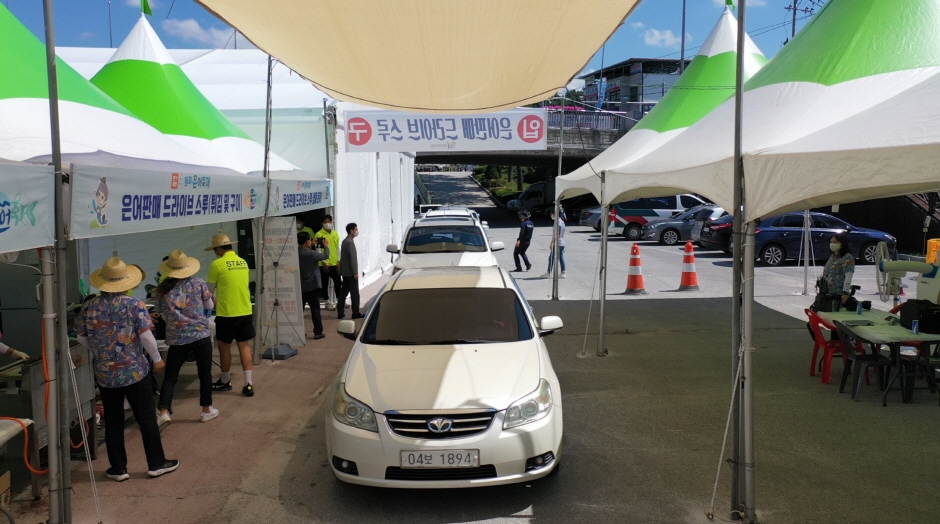
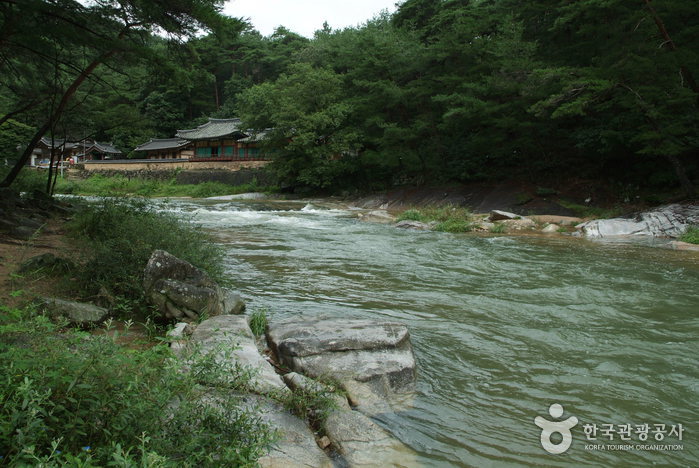
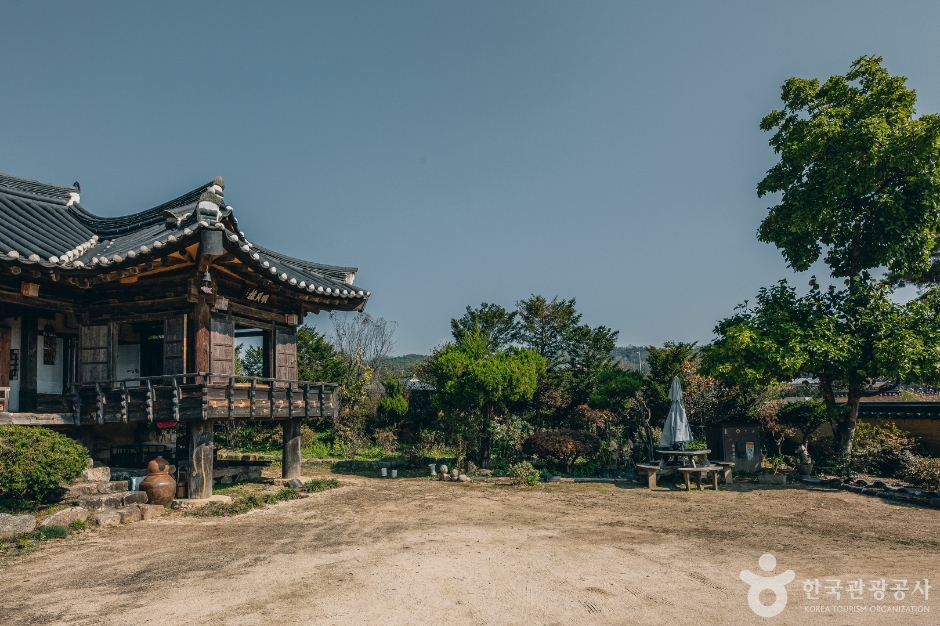
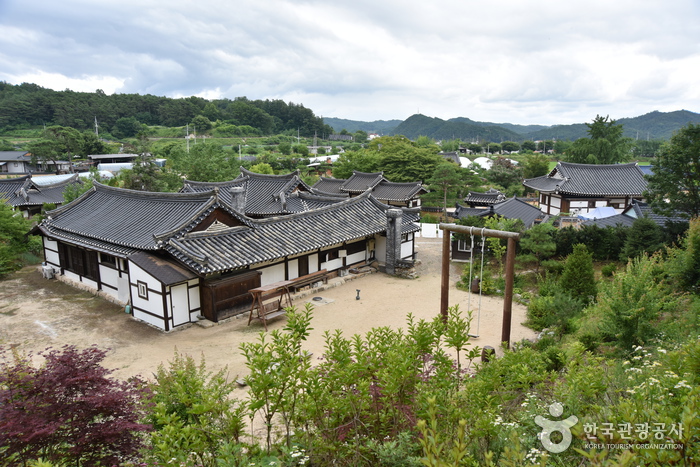
![Sogang House [Korea Quality] / 소강고택 [한국관광 품질인증]](http://tong.visitkorea.or.kr/cms/resource/80/2803880_image2_1.jpeg)
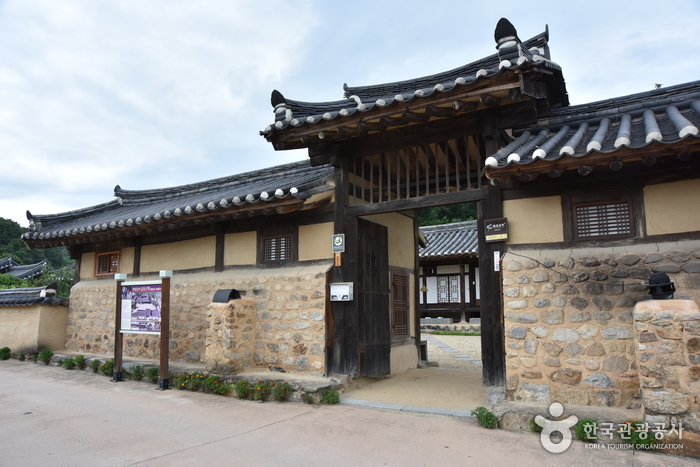
![Seoneulgi Culture [Korea Quality] 서늘기문화[한국관광 품질인증]](http://tong.visitkorea.or.kr/cms/resource/25/3042325_image2_1.jpg)
![Buseoksa Temple [UNESCO World Heritage] (부석사[유네스코 세계문화유산])](http://tong.visitkorea.or.kr/cms/resource/22/2654222_image2_1.jpg)
 English
English
 한국어
한국어 日本語
日本語 中文(简体)
中文(简体) Deutsch
Deutsch Français
Français Español
Español Русский
Русский